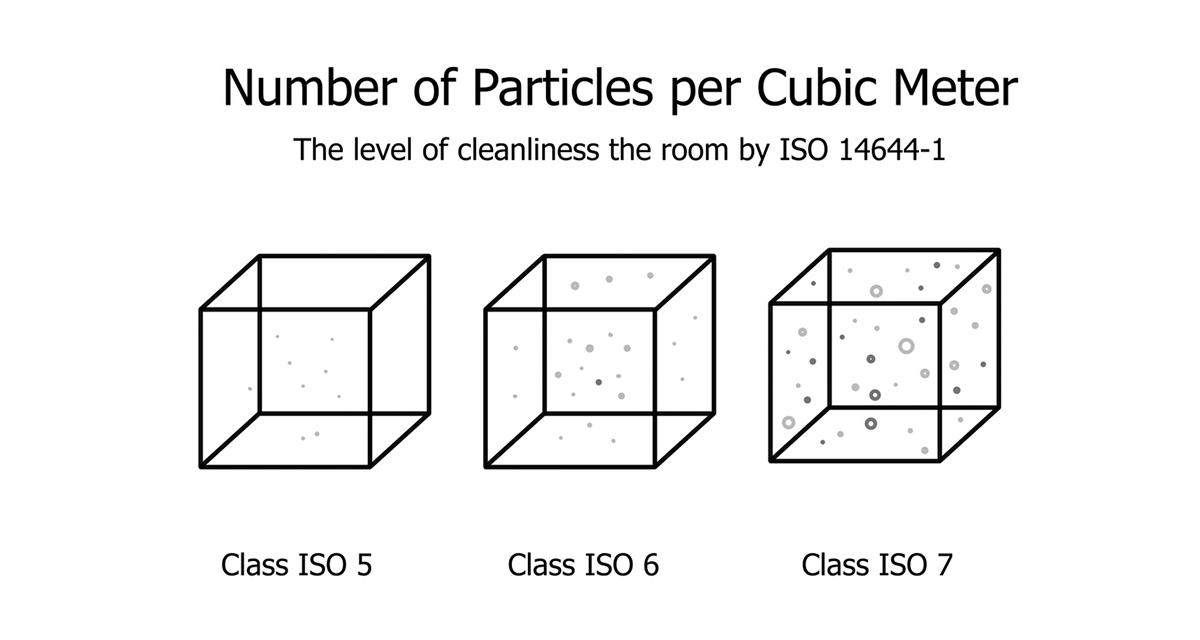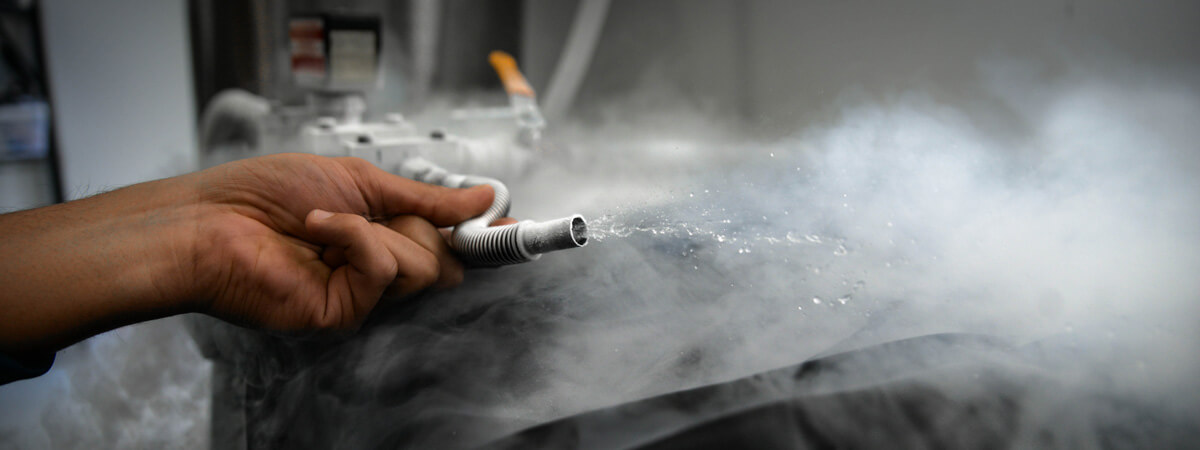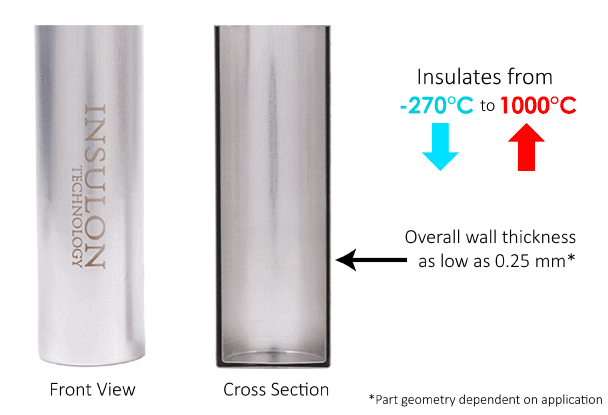Manufacturing processes that require sterile conditions are typically performed in a highly controlled environment, known as a cleanroom. Many industries depend on cleanroom manufacturing, including pharmaceutical, biotechnology, semiconductor, quantum computing, chemical, cosmetics, and food processing. Regardless of the industry, the overall cleanroom design must guard against all types of foreign matter.
Specific cleanroom requirements
To maintain an entirely uncontaminated space, cleanroom equipment and materials ─ including the process pipe insulation ─ must be non-toxic. That means they cannot shed fibers or emit chemical vapors, such as volatile organic compounds (VOCs), into the atmosphere. Even tiny dust particles, invisible to the naked eye, can negatively affect the end product.
Cleanroom pipe insulation must also be highly durable. Piping must tolerate routine sprays or wipe downs with potent cleansing agents, often at high temperatures. Sanitization is necessary to maintain strict, industry-regulated, aseptic cleanroom manufacturing standards. Missing a quality defect during inspection can incur expensive downtime. If sanitary conditions are in any way compromised, contamination can potentially ruin multiple batches of product.
This article introduces Insulon® Technology as an alternative to traditional insulation materials and foams on the market today.
Common enemies
It is a constant battle to fight these common enemies of the cleanroom environment: dust, condensation, corrosion, and temperature.
Dust
Dust particles are virtually everywhere, and they come in all sizes. Cleanrooms must filter out as much dust as possible, including particles invisible to the naked eye. Typically, the human eye can see dust particles that measure 50 microns in size. However, cleanrooms use HEPA filters to trap particles that are as small as 0.3 microns.

Condensation
Moisture is a breeding ground for bacteria and other pathogens to grow. There are specific applications where condensation is common. Engineered insulation solutions can help mitigate condensation in these environments. Some examples include chiller lines and cryogenic transport lines.
Corrosion
Another challenge for process piping insulation is corrosion under insulation (CUI). It requires close inspection to detect and can require pipe replacement if damage occurs.
Operating temperatures
Process piping can encounter a wide range of temperatures in a given cleanroom. In addition to being sterile, materials must withstand any extreme temperature exposure that occurs.
What did engineers do in the past?
Fibrous types of insulation and open-celled foams cannot be directly exposed in a cleanroom environment. They need to be covered or jacketed at all times. That’s why traditional process piping insulation systems consisted of three components: the pipe itself, the insulating product, and an exterior cover. This made purchasing a cumbersome proposition since the materials protocol called for up to three different vendors.
Installation, inspection, and maintenance were also painstaking and tedious, requiring parts to be disassembled and re-assembled for each procedure. The multi-piece configuration was difficult to clean thoroughly. Hidden nooks and crannies tended to collect debris and trap condensation. These spaces harbored mold, fungi, and other microbes that threatened the purity of the environment.
Closed-cell foams offer advantages because they don’t require an exterior cover in many applications. However, closed-cell foams have limited temperature ranges in which they can operate.
A better solution
Concept Group’s industrial piping for cleanroom manufacturing offers the ideal solution to previously encountered problems, including the common enemies discussed above. Its innovative design integrates double-walled pipe with advanced vacuum insulation technology, forming a unified, non-fibrous, dust-free thermal barrier. We engineer Insulon for applications from -270°C to 1,000°C.
Insulon process piping has an ultra-thin footprint and fits neatly into complex, often congested, pipework common to space-restricted cleanrooms. This streamlined pipe system is constructed of durable, high-quality stainless steel (both inside and out). These smooth, hygienic, insulated surfaces resist condensation, the growth of bacteria and other pathogens, and corrosion.
Plus, the outer stainless-steel body can be safely exposed “as is” to the cleanroom environment. Vacuum insulated piping does not require an additional insulation cover, removing an extra layer to worry about or clean. Other benefits include:
- No assembly
- Easy installation
- Simple to wipe down and sterilize
Conventional single-wall piping with additional insulating materials may initially be a less expensive investment. However, vacuum insulated piping reduces maintenance, reduces operating costs, and extends longevity. It also requires only one vendor in the supply chain process and has fewer parts to repair and replace.

Summary
Sanitary insulation is critical to process piping in the cleanroom manufacturing environment. Concept Group engineers found a way to provide a reliable defense against contaminants and pollutants. Advanced vacuum insulation integrates the thermal barrier into the pipe system (i.e., embedded inside double-walled pipes). This solution complies with cleanroom insulation requirements to be shielded and altogether eliminates the need for a separate cover or jacket.
Advanced Vacuum Insulation Technology
Concept Group’s proven Insulon technology delivers unique insulation solutions for complex thermal challenges. Effective from -270°C to 1,000°C, Insulon can be engineered for a wide range of temperatures. We take intricate, custom-designed components and produce them at high volume. Our core process emphasizes quality control and lean manufacturing principles. To learn more about our products, visit Vacuum Insulated Tubes & Hoses.


